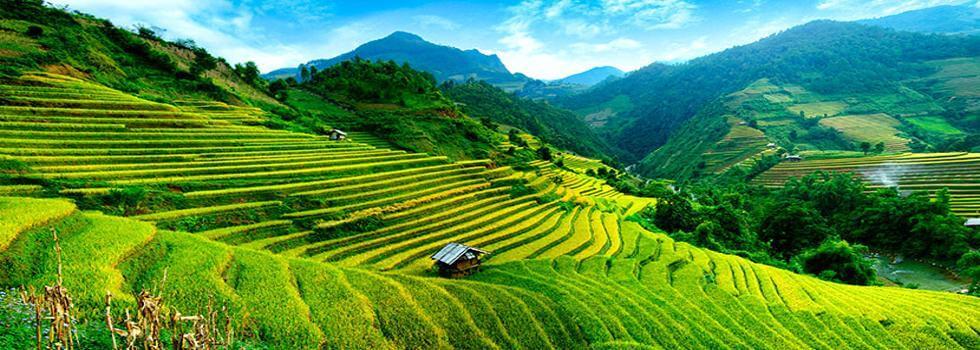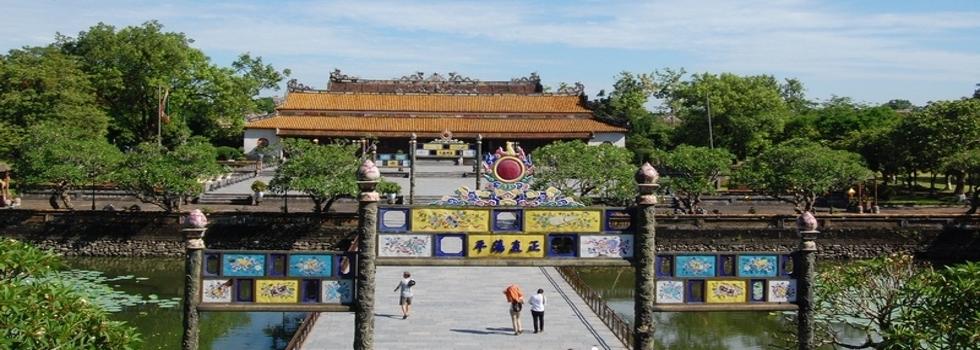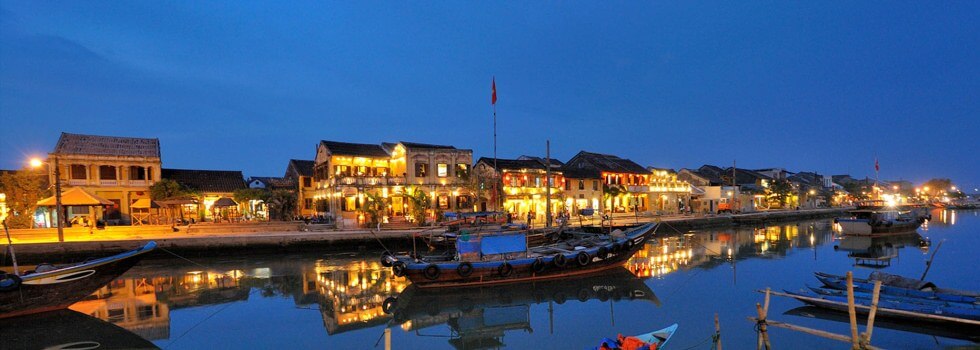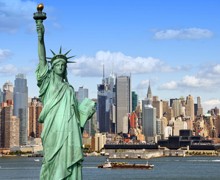Best time to travel Vietnam
Vietnam's diverse natural environment, geography, history, and culture have created a great potential for the tourism industry. In fact, Vietnam has emerged itself as a new tourist destination in Southeast Asia and is now on lists in magazines worldwide. Come to Vietnam, you will see a modern Asia meets a medieval Asia with pristine sandy beaches, the wonder of limestone islands in Halong Bay, the mountainous north, to its historical marvels, Cham ruins from the 14th century in My Son, the ancient tombs of Hue, bustling cities with an energy driven by a new economy to quiet country villages reliant on rice agriculture as they have been for centuries.
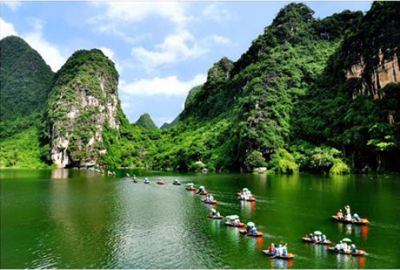
There is not really a right or wrong time to travel Vietnam as during most months of the year you will experience both sunshine and rain in varying quantities. But the question is: "When is the best time to travel Vietnam?" Take a look!
1. SaPa, Ha Giang, Bac Ha
Set in the mountains of northern Vietnam, Sapa’s climate is very seasonal with temperatures reaching 29°C in summer down to freezing in winter. Humidity ranges from 75% to 90%, but summer months are the wettest, especially July and August. It can get very cold in December and January, especially at night.
The best months to travel in the north-east (Ha Giang) is during the dry season, from October to April, although December and January can get very cold. You should not travel in Ha Giang during the rainy season (May to September).
Trekking and adventure:
The best trekking conditions in Sapa and the northwest are from September to November and from March to May. Daytime temperatures range from 15-28°C, and night-time temperatures from 10-18°C. Trekking and cycling are possible year round, however the wintertime can be rather chilly, and the summer rather wet.
2. North Vietnam (Hanoi, Halong Bay, Mai Chau, Ninh Binh)
Hanoi and North Vietnam has a distinct winter and summer season. The cool but mostly dry winter lasts from November to April when temperatures average 17-22°C with the coldest months being January - March.
Summer lasts from May to October when it is hot and humid and the region experiences its highest rainfall. July to September are often the wettest months of the year.
In particular, summer in Hanoi runs from May to September and brings heat and humidity, with average temperatures reaching 32°C accompanied by refreshingly short bouts of heavy rain. Winter is cooler and can bring fog and clouds but little rain, and the average temperature is 17°C. The best time to go is October and November, as days are not too hot with averages around 21°C with less rain and plenty of sunshine.
Halong Bay is often covered in mist, which reduces visibility but adds to the atmosphere. During summer, from May to November, you can expect days to be warm and humid with refreshing afternoon showers. Winter, from December to February, can be quite cold. The best time to travel is spring or autumn for the best chance of warm days and clear skies, perfect for cruising.
3. Central Vietnam (Hue, Hoi An, Da Nang, Quy Nhon, Nha Trang)
Hoi An, Hue and Da Nang in the centre of Vietnam have hot and dry climate from mid-January to late August. During the winter months the rainfall increases with October and November achieving peak levels, occasionally in the form of typhoons.
Hue is often cooler than Hoi An, especially early in the year. In addition, with each sitting on opposite sides of a small mountain range the weather can often differ between the two greatly on any given day.
Quy Nhon is a six hour drive south of Hoi An and shares a similar weather pattern although the dry season is slightly longer due to its proximity to the southern system.
At the far south of Central Vietnam, Nha Trang benefits from a longer dry season (typically January to September), with high temperatures and little rain . The rainy season runs from October to early December with almost half the annual rainfall falling in October and November.
4. South Vietnam (Ho Chi Minh City, The Mekong Delta, Phu Quoc)
Ho Chi Minh City experiences consistently warm temperatures year-round, with balmy days averaging around 28°C. This tropical climate is marked by wet and dry season. From May to November, expect tropical downpours in the afternoon. Travel is rarely affected by the rain and everything is lush and green at this time.
In the far south, the beaches of Phu Quoc enjoy a monsoon climate with two seasons; wet (late-July to late October) and dry (November to July). Visits to Phu Quoc can be made year-round although the best time is during the dry season (outside of October the chances of sunny days remain high).
ALL OF VIETNAM
The best time to travel Vietnam if you want to see the whole country is Spring and Autumn. The temperatures are more moderate and rainfall is lighter. In spring, March and April have the lowest rainfall across all destinations and temperatures are pleasant.
Any time between November and April is a popular and busy time for Vietnam holiday, so bookings should be made well in advance.
Tet is the Vietnamese New Year celebration and falls in late January or early February. During this time, most Vietnamese take their holidays, so accommodation options are often full and prices rise.
Contact us now at This email address is being protected from spambots. You need JavaScript enabled to view it. to get cheap Vietnam visa approval letter or apply Vietnam visa online with us.





